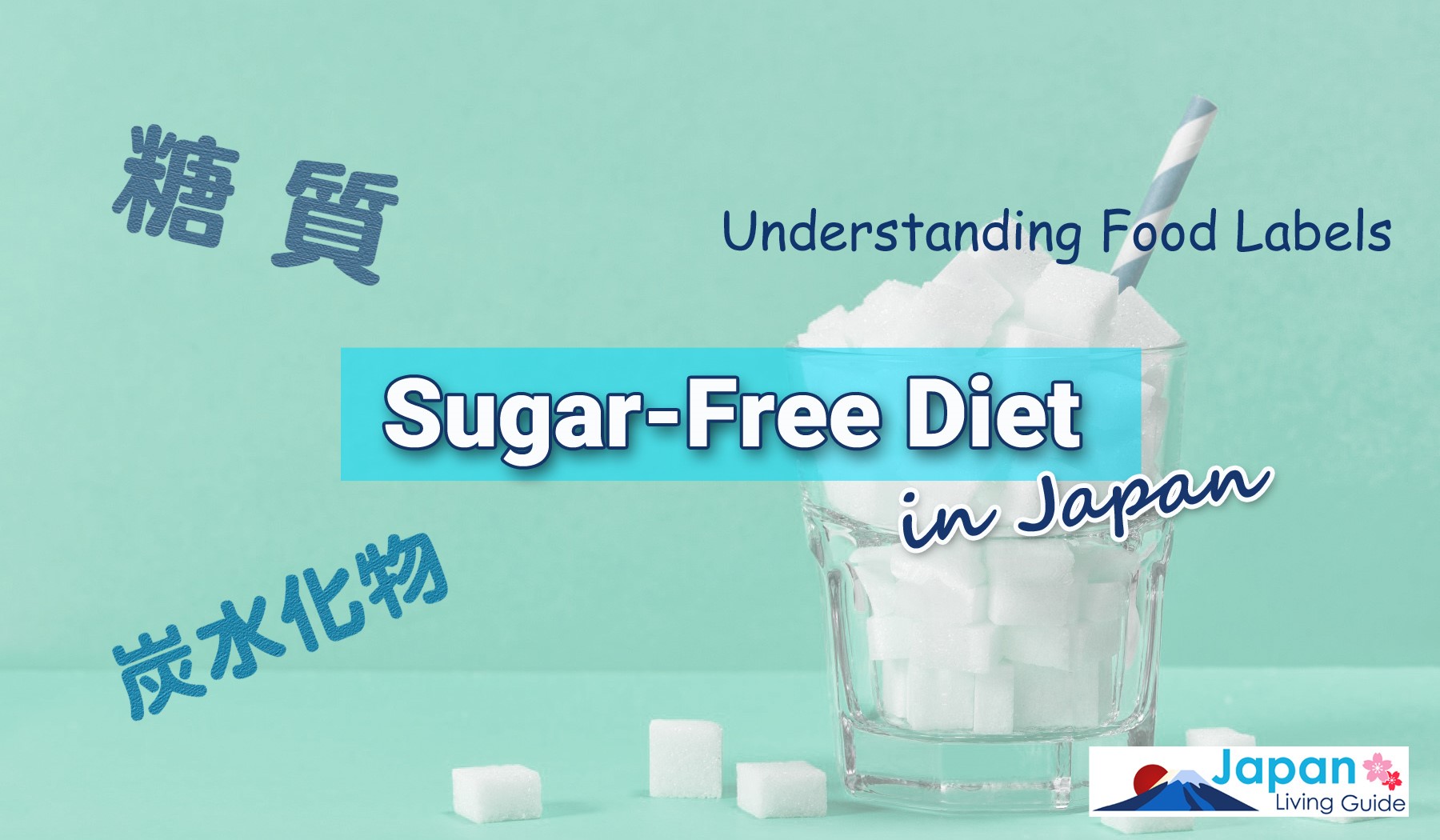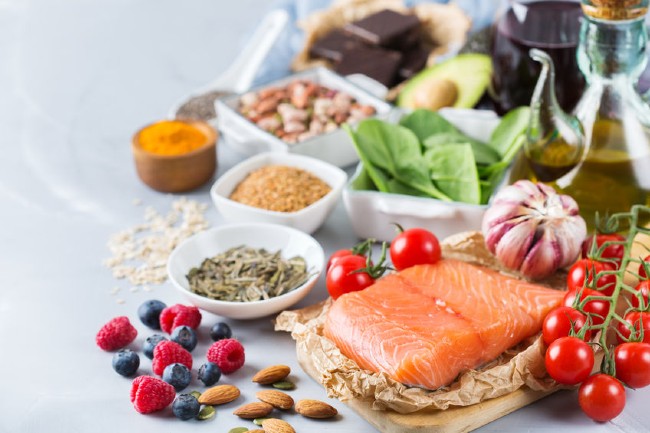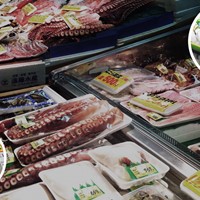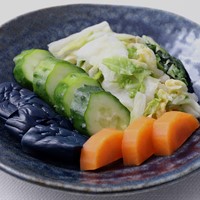Sugar-Free Diet in Japan: Understanding Food Labels

Committing to a sugar-free or low-sugar diet can lead to a number of health benefits in your life including weight loss, improved energy and mental clarity, lower risk of cavities, and an overall healthier lifestyle. However, maintaining a sugar-free diet can be difficult in Japan where labeling of ingredients is often confusing and easy to misunderstand. In this article, we will look into some of the definitions and labeling standards commonly used in Japan to help you maintain a sugar-free diet.
>> Mastering Types of Sugar in Japan: A Complete Ingredient Guide
Japanese Labeling of Carbohydrates

Firstly, it’s important to understand the ways in which sugar works. Most of us have quite a simplistic understanding of sugar and carbohydrates, despite it being a very complex topic. To break it down, carbohydrates consist of dietary fiber, starches, and sugars. These contribute a large percentage of our daily nutrition and help provide us with energy.
Sugars can be further broken down into simple sugars — monosaccharides and disaccharides — and complex sugars — polysaccharides and sweeteners. Monosaccharides and disaccharides include fructose, glucose, and lactose and are commonly found in fruit and honey. Polysaccharides are starches regularly found in rice, potatoes, and the like. Natural sweeteners like xylitol and sorbitol are often included in the category of “sugar alcohols.” Trying to navigate this in Japanese can be difficult but the types of sugar can generally be narrowed down to a few categories.
The first of these is 糖質 (toushitsu). This refers to total carbohydrates without the dietary fiber. Therefore, all types of sugar are included in this category. The kanji 糖類 (tourui) is a term for predominantly simple sugars (monosaccharides and disaccharides). When referring to general carbohydrates the term 炭水化物 (tansuikabutsu) is used.
The Difference Between “Sugar-free” (糖質ゼロ) and “Carb-free” (糖類ゼロ)
People in Japan are also conscientious of the amount of sugar they eat, so there are a number of labels that advertise foods and drinks as “sugar-free.” To understand the differences in sugar-free labeling, first we must look into some general labeling conventions in Japan. The use of “ゼロ” (pronounced “zero” with the same meaning) or “オフ” (pronounced “ofu” with the meaning of “off”) in conjunction with an ingredient is displayed in the same way Western companies might use “[ingredient]-free”.
For example, “sugar-free” is commonly shown as “sugar zero” or sometimes “sugar off” in Japan. However, this does not mean there is literally zero of the ingredient in the drink or food. Usually if there is less than a specified amount of an ingredient in a product, the company is allowed to label it as “zero” according to food standards.
As there are different categories of sugars, there are also different labels for which sugars are or are not included in products. If sugar-free (糖質ゼロ) is displayed, the label refers to all sugars, including both simple and complex sugars along with sugar alcohols. If carb-free (糖類ゼロ) is on the label, there are no simple sugars but natural sweeteners like xylitol may be included. According to the Food Labeling Law, both categories require less than 0.5 grams per 100g/100ml of the sugar to be in the product in order to be labeled “zero.”
Label Expressions in Japanese
There are a number of other labeling terms that are used in Japan beyond the two already discussed. As mentioned above, “off” (オフ) is sometimes used as a synonym for “zero” (ゼロ) when referring to food labels. However, it’s not subject to the same standards as “zero,” so sometimes it’s more similar to “low sugar” with the idea that some of the ingredient has been taken out (but perhaps not all of the ingredient).
The kanji 無糖 (mutou) is another term for sugar-free but without using the English loanword “zero.” The kanji 微糖 (bitou) and 低糖 (teitou) have the same meaning under the Food Labeling Law but have slightly different nuances in general use. They both refer to low-sugar products in which the product has less than 2.5 grams per 100g/100ml. However, 微糖 (bitou) could be likened to the English term “lightly sweetened” while 低糖 (teitou) is more similar to the basic “low sugar” label. This covers some of the most common sugar-related labels that you may encounter while in Japan.
Useful Japanese Words to Search for Sugar-Free Food Online
These words can be very useful when you look for Sugar-Free or Low-Sugar Food online. You can simply copy and paste these words.
Low-Sugar = 糖質オフ (Toshitsu-Off)
Sugar-Free = シュガーレス (Shuga-Less) or 砂糖ゼロ (Sato-Zero) or 糖質ゼロ(Toshitsu-Zero)
Keeping a Heathy Diet in Japan

While maintaining a sugar-free diet in Japan can be difficult due to the wide variety of processed and staple foods containing sugar, there are also a number of delicious dishes that can be enjoyed while avoiding sugar.
Luckily, Japan is the home of soy products, which are commonly low in sugar. This includes tofu-based products, natto (fermented soy beans), edamame (boiled and salted young soybeans), unsweetened soy milk, and more. Miso soup is also a great example of a product with low carbohydrates. With Japan’s love of seafood, it’s no surprise that there are also a number of seafood-based dishes that have little to no sugar.
Some popular meat dishes include yakitori (chicken skewers), yakiniku (grilled meat) and shabu-shabu (thin slices of meat boiled in a soup broth). While these meals are often served with a sauce or marinade containing a large amount of sugar, this can be avoided and the base dish can be enjoyed on a low-sugar diet.
More Information on Meeting Your Dietary Needs in Japan
Whatever the reason you may want to avoid sugar, it’s a great way to approach a lifestyle change for the better. It can be difficult to navigate this lifestyle in Japan, especially with confusing labeling and categorization, but with the information above you should be well on your way to better understanding how food companies market their products.
















